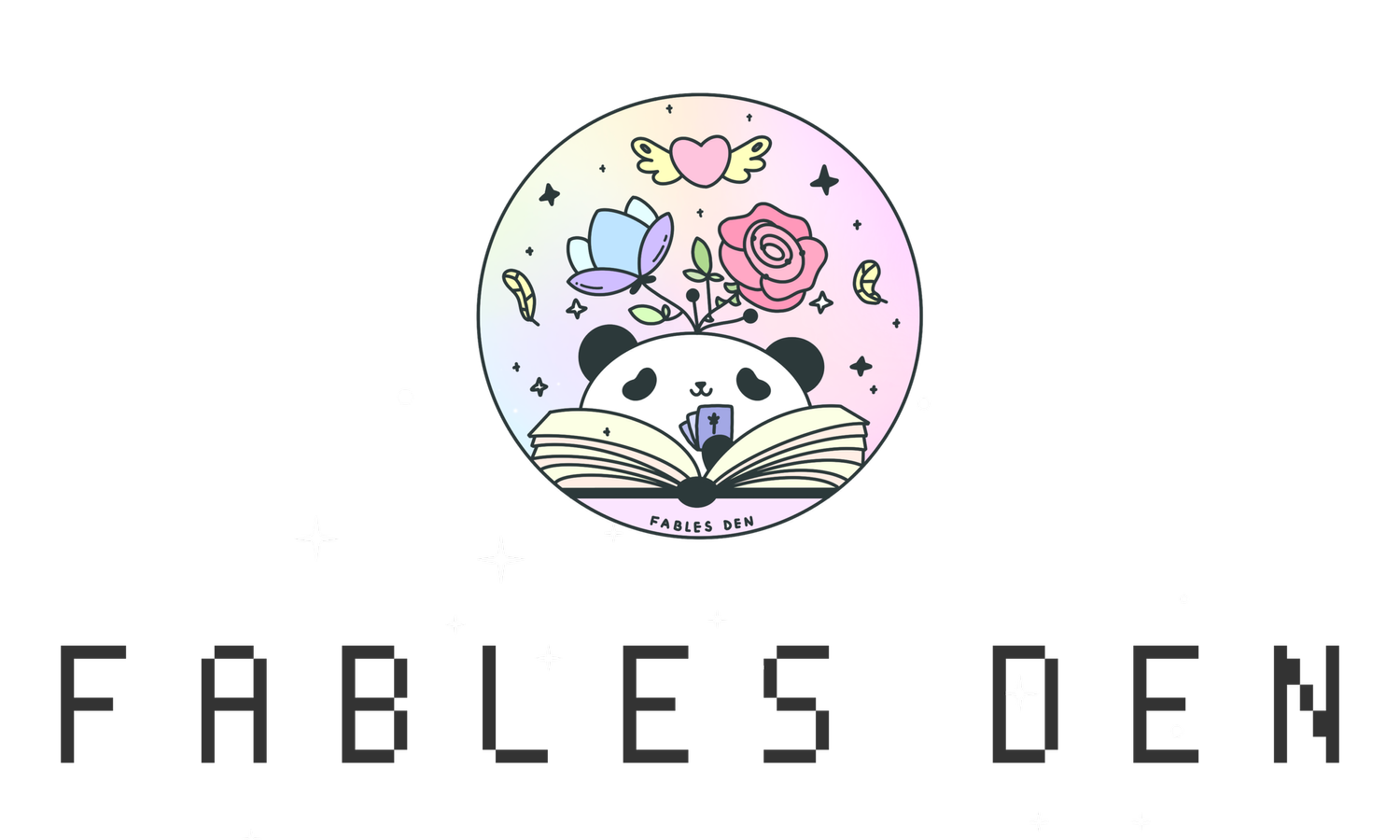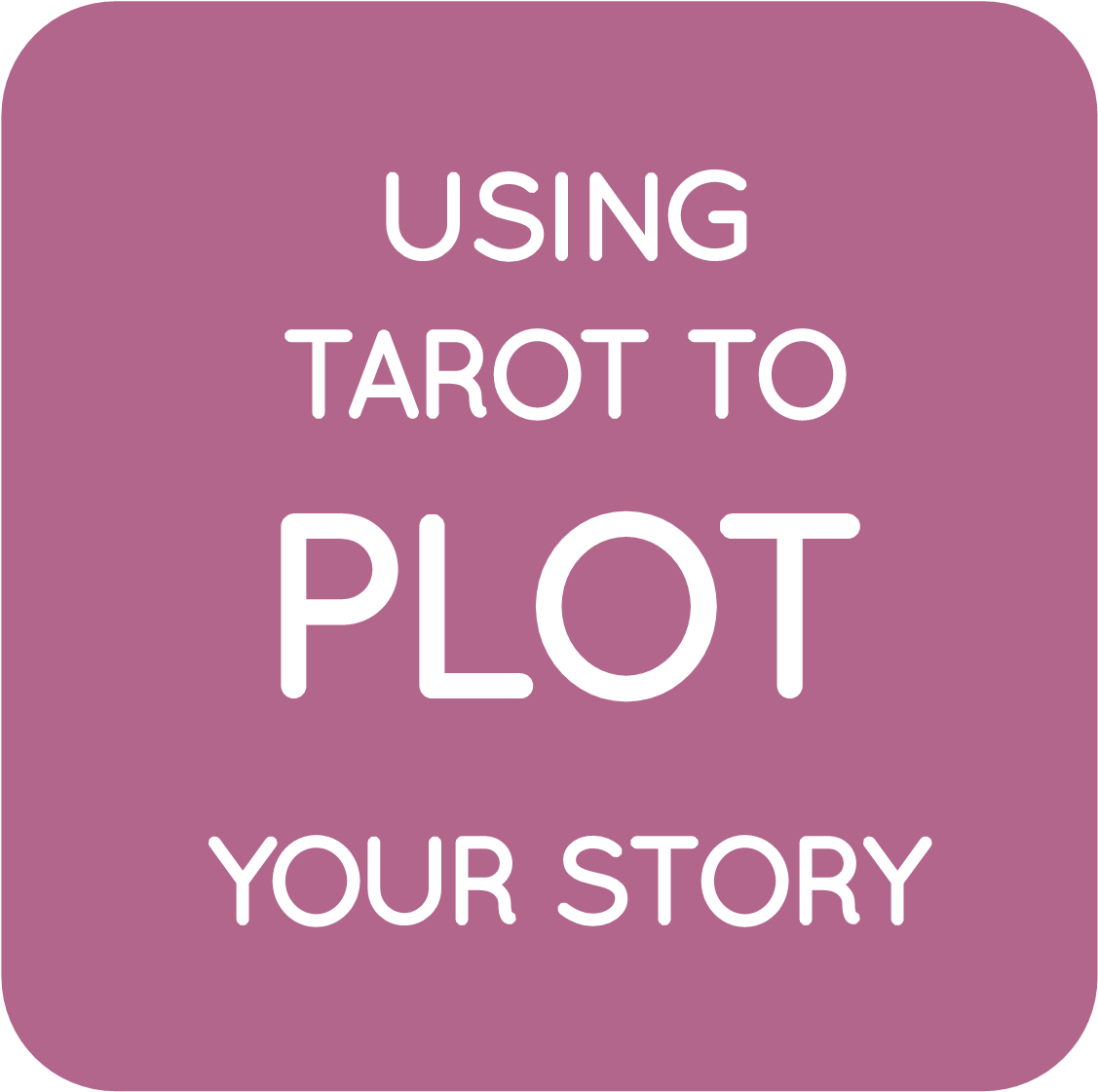Using Tarot Cards to Plot Your Story: Thoughts & Musings
Right off the bat, I am going to tell you that the issue with plotting with a deck of tarot cards–or rather, an inevitable limitation–is that it doesn’t tell you what your story is.
That is the wrong attitude to have when you approach tarot, anyhow. It’s not meant to give you a quick fix, or a simple, straightforward answer. Just like an actual tarot reading, a tarot writing reading is of course suggestive and far from dictative. Writing is a creative process, and tarot is a tool that can be used to explore and broaden that process.
So rather than telling you exactly what is going to happen in your story, a tarot card will be able to offer you a symbolic structure and grounding that helps you craft your story, but the physical/external plot elements or details have to come from you and possibly your research, and those details will depend on the genre and worldbuilding of the story you are working on.
For example, if you are trying to decide what is going to happen at the climax of the story, you can pull a tarot card to explore the symbolic dimension or figurative possibilities of that particular story point. Let’s say you are writing a story in a dystopian setting in which the people are oppressed by a totalitarian government, and your protagonist is a soldier in an infamous rebel group struggling to carve its way to power. If your climax is represented by Six of Wands, which is associated with victory, leadership, and progress, you can interpret it in the following ways:
The oppressed civilians at last recognize the need for radical action and decide to band together in order to induce change
Your protagonist joins the final stand against the totalitarian government and chooses to stand with his people
Your protagonist rises to power and becomes the rebel group leader
Once you have a basic premise, you can always draw additional cards or clarifiers to explore a plot more. For instance, you may want to ask, under what circumstance your protagonist becomes the rebel group leader? You then shuffle a deck of cards and pull out Five of Swords, which symbolizes conflict, tension, betrayal, and competition. You can then continue to add to your premise:
The previous rebel group leader has become self-absorbed and no longer stand as a fair advocate for her people. She is obsessed with winning and therefore manipulates her followers into inane acts of resistance against the totalitarian government to serve her vengeful agendas. This causes the group to lose faith in her as a leader, and the group gradually gravitates towards your protagonist for leadership and support.
The possibilities are endless. One thing to keep in mind is that while tarot cards will be able to provide you with a general symbolic framework such as the theme of betrayal, you shouldn’t expect tarot cards to do all the work for you. Based on your own story, the setting, the character arcs and many other elements at play within your story, you should able to decide for yourself that yes, the theme of betrayal makes sense, it fits the previous rebel leader’s character development.
Having that said, tarot isn’t totally useless when it comes to external details. You can also use tarot to brainstorm some of the more physical elements of plot construction. For example, if you pull The Magician and you are writing a story about a powerful mage, the physical aspect of The Magician will play into your story crafting and perhaps manifest itself as encountering an actual wizard figure, engaging in a magical ritual or rite, or acquiring some kind of magical ability that further advances the story.
And obviously, if you happen to have a genre-specific deck (such as the Universal Fantasy Tarot or Sherlock Holmes Tarot, to name a few), the particular story-world and elements can help you find inspiration because the genre-specific deck is likely to embody various commonly used tropes in that genre.
For example, the Ten of Swords from Universal Fantasy Tarot depicts a metal city gate slamming itself against and into the back of an enormous green monster. If you read it more literally, this could speak to the “at last!” moment in which a terrifying era of terror has ended: the monster has entered the city and caused massive destruction, but it has been slain. Some of the destructions are irreparable, but the monster has been slain. People have suffered tremendously, but the monster has been slain. This is something that is directly applicable if your narrative involves a ginormous green monster. However, if you were to read it more symbolically, the monster is used as a symbol to represent something monstrous. For example, depression, fear of losing a lover, a manipulative and tyrannical boss, a dreadful financial situation etc.
To close, tarot is a tool that helps you channel your own insight. Personally I do not use tarot to generate details that have to do with the external world, because I tend to view tarot images through a symbolic and psychological lens. That is just what my own tarot world view calls for. Everybody engages tarot cards in a different way, and the most important thing, of course, is to always keep an open mind as you continue to explore.






